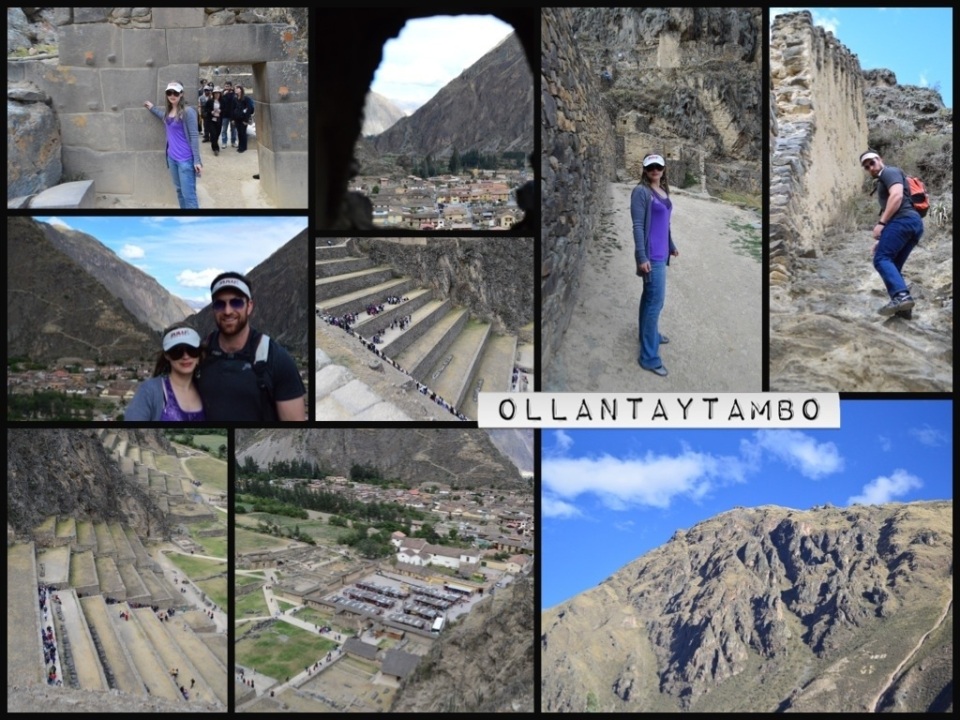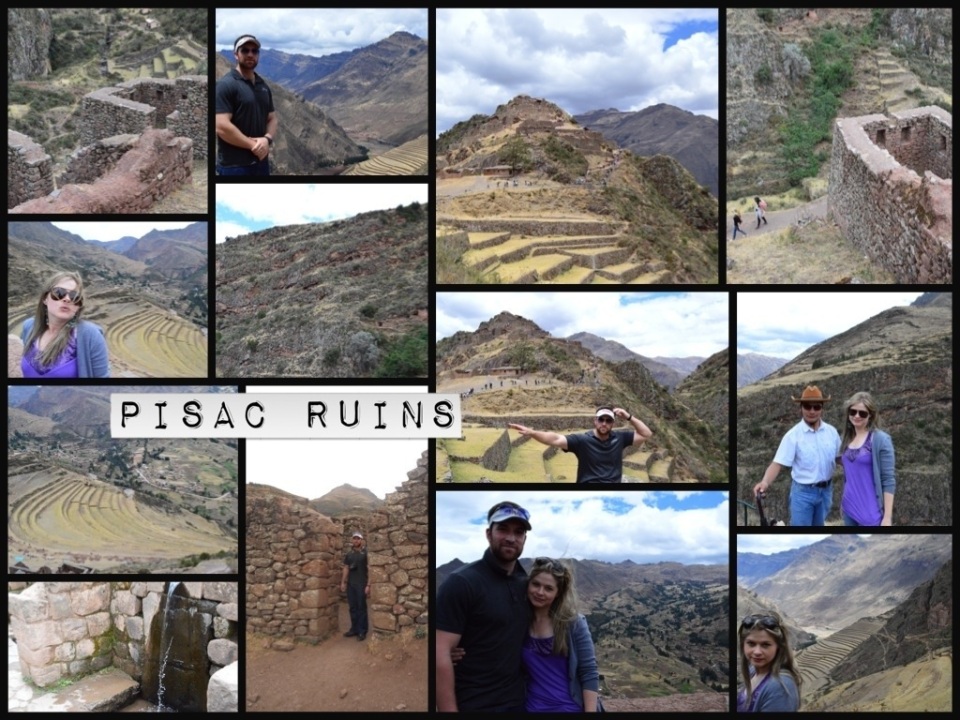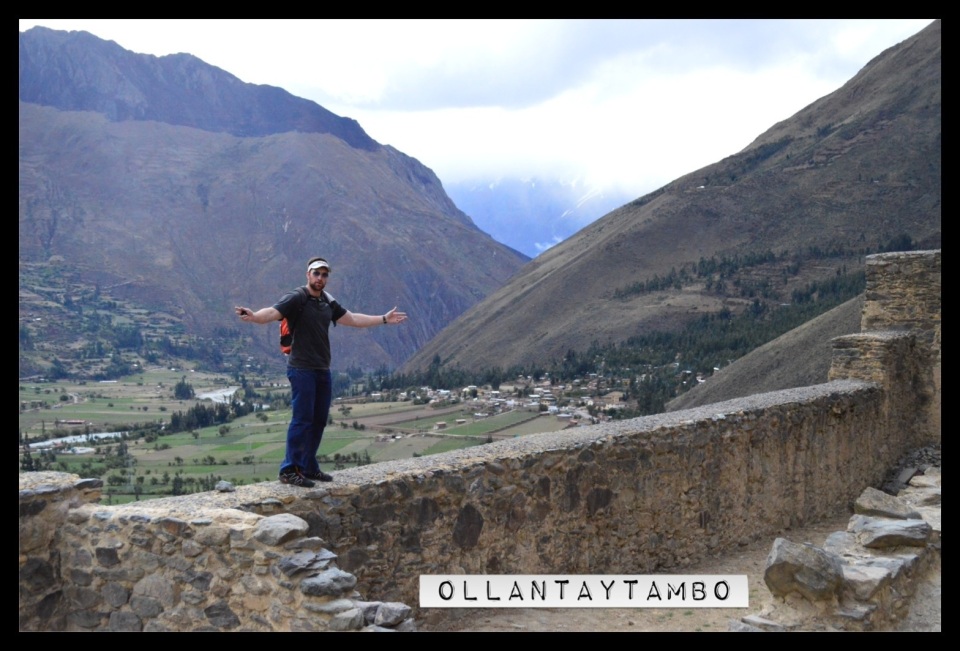Sacred Valley Tour of Cuzco
Day 3 in Cuzco – Part 2
This post is a continuation of our Sacred Valley Tour we did yesterday. All the history is quite overwhelming but knowing a bit more about it turns random rocks and bricks into something meaningful. We had a very good and enthusiastic tour guide.
The first stop on our tour was a small village called Willka Pukara. I think the people of the village ask the tour busses to stop there so that they can try sell their local products and souvenirs to the tourists. There was not much to see besides llamas, but that made the stop worthwhile for me.
Further into the Sacred Valley we stopped to explore the Pisac Ruins. It is an archeological park constructed 3300m above sea level. Before the Spanish invasion it was a large Inca City.
They constructed step-like agricultural terraces on the steep hillside which can still be clearly seen today. They put rich top soil from lower down in the valley on these terraces so that they could grow crops which would not usually grow at such a high altitude. The rocks used also somehow conducted and maintained heat. This also contributed to faster growing crops.
In the mountain-side opposite the city you can see little holes in the slope which is an Inca graveyard and apparently one of the largest Inca cemeteries known. I wonder if some of the bodies or bones are still there? If they could talk they might be able to tell as a thing or two.
We then went to Inca House Restaurant with the tour group and were treated to a typical Peruvian buffet. We were not quite sure what we ate though because the food that had labels were all written in Spanish. I tried to avoid the Alpaca meat but I think we might have eaten hamster….it all tasted good though. There was an enthusiastic two-man-band playing various different flutes and animal-noise-sounding wind instruments.
Ollantaytambo is stunning! It is also an Inca town with well preserved Inca urban planning of houses, streets and waterways. It also has the stepped terraces where crops were grown. Part of Ollantaytambo was made from rocks weighing between 20 and 60 tons. These rocks were somehow transported from the top of one mountain to be precisely cut and used for building at the top of another mountain. How did the Incas achieve this? Marc asked our tour guide about the strange windows of the buildings. We instead got a really long explanation of earthquakes and how the Incas were very balanced people.
Our last stop was Chinchero. It was starting to get dark and it was freezing outside. Chinchero is also an old Inca town (but by this time you’re not surprised.). We got to go into a beautiful church that had painted pictures everywhere inside. Our tour guide did explain the significance of everything in english to us but by that time we were not able to concentrate on what he was saying with his interesting accent.
The day ended with an elderly woman in cultural dress and her hair in two long plaits singing us a traditional song. She sang her heart out with her screechy voice… I wonder what Gareth Cliff and the gang would have to say if she had entered Idols?









